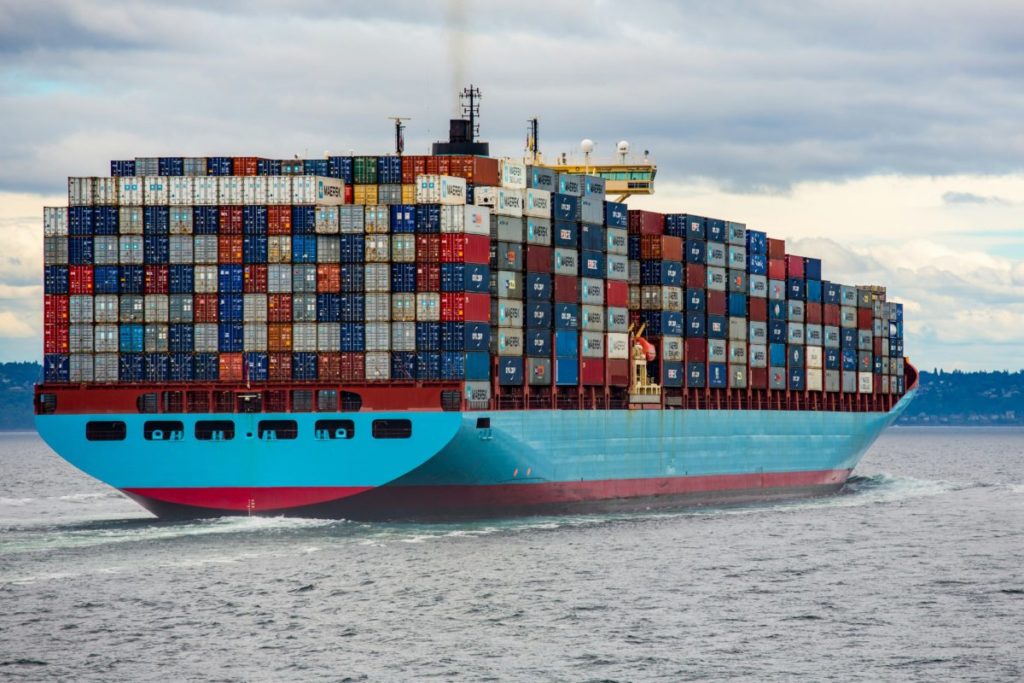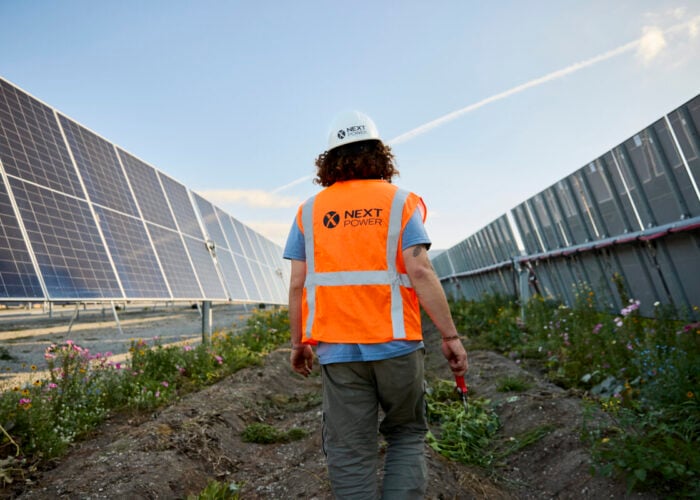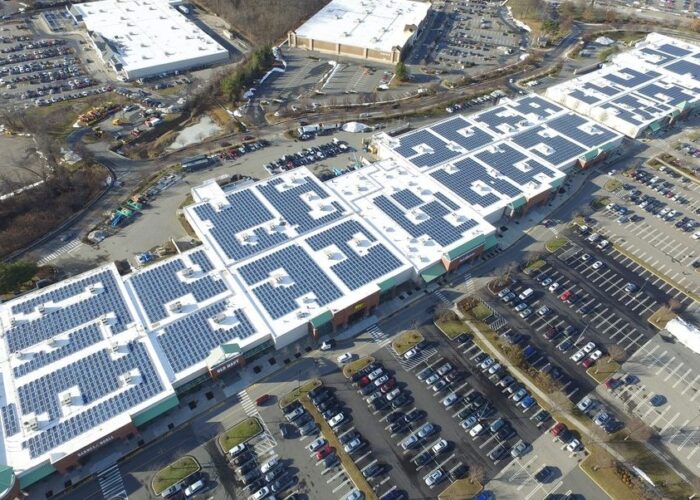
An increase in shipping times and freight rates due to violence in the Red Sea could carry implications for renewable energy and solar products heading to Europe and the US.
According to data published yesterday (1st Feb) by the US Energy Information Administration (EIA), many ships transporting oil and gas are taking longer routes between East and West to avoid the Red Sea, greatly increasing their journey times. For example, as shown in the below chart, a route from Rotterdam to the Middle East through the Suez Canal (and then Red Sea) takes around 19 days. The alternative route, past the Cape of Good Hope at Africa’s southern tip, takes 34 days.
Try Premium for just $1
- Full premium access for the first month at only $1
- Converts to an annual rate after 30 days unless cancelled
- Cancel anytime during the trial period
Premium Benefits
- Expert industry analysis and interviews
- Digital access to PV Tech Power journal
- Exclusive event discounts
Or get the full Premium subscription right away
Or continue reading this article for free
Moreover, the EIA said that in recent months shipments to and from the US have been forced to head East – through the Red Sea – rather than West through the Panama Canal because of a drought in the latter and subsequent water conservation efforts that have restricted movement.
These longer routes have driven up fuel costs and shipping rates. For context, the EIA said that a very large gas carrier (VLGC) consumes between US$30,00 and US$35,000 of fuel a day, at average 2023 prices.
Houthi rebels based in Yemen have been attacking ships in the Red Sea since November. The group initially said it was targeting vessels with connection to Israel, in response to the Israel-Hamas conflict in Gaza, but have more recently struck ships linked with US and UK interests after the powers began air strikes against Houthi positions to protect commercial shipping.
The violence has pushed shipping companies to seek alternative routes.
Analysis – Is solar in the same boat?
These concerns could apply to the renewables and solar supply chain.
China’s dominance of polysilicon, solar component and critical mineral production is solid, and set to remain so for the foreseeable future. Market dynamics in the solar industry, which have seen massive production capacity expansions in China and record-low module prices – and made manufacturing outside of China and Southeast Asia very difficult – leave the sector vulnerable to disruption.
A blog published on our sister site, Current±, discussed the possibility that tensions in the Red Sea could trigger another energy crisis. The piece cites Chinese lithium-ion battery manufacturer Ace Battery, saying: “Ace Battery states that the alternative African route nearly triples the container transport costs from China to Rotterdam.”
US solar tracker producer Nextracker referenced the ongoing situation in its Q3 FY24 earnings call, indicating the pressures that ongoing tensions could put on the whole solar value chain. Howard Wenger, president at Nextracker said: “While we don’t see a material impact today, we are closely monitoring the situation and we continue to make the adjustments needed to minimise the impact to our customers.”
Indeed, prices across the solar supply chain are yet to be drastically affected. The sector has been seeing low module prices for months now, a situation that has worked in favour of some developers but has led to profound challenges for parts of the manufacturing sector, particularly in Europe.
The situation sheds light, once again, on the calls from various trade associations, industry players and political groups for a more diversified, local supply chain.
In addition to the ongoing anguish of the European manufacturing sector and the ESMC’s recent attempts to stimulate support (which you can read about here), a group of US senators has been pressuring the Biden administration increase tariffs on Chinese solar imports to bolster the US’ energy security. The US already has a vast package of tax incentives for clean energy manufacturing in the Inflation Reduction Act (IRA), which solar industry advocates like the Solar Energy Industries Association (SEIA) say should be the focus for US supply security, rather than punitive measures.
In its Solar PV Global Supply Chains report, the International Energy Agency (IEA) cites the impact that seismic global events like the COVID-19 pandemic and the Russian invasion of Ukraine have had in sharpening focus on global energy supply chains. An ongoing or worsening situation in the Red Sea could lead to similar considerations, though the solution to such an issue – namely the expansion of manufacturing capacity elsewhere – is easier (and quicker) said than done.
Prices and supply are yet to be significantly affected and any concrete impacts are, at this point, theoretical. Either way, a continuation or escalation of tensions in the Red Sea is something to which solar importers will need to pay close attention.






